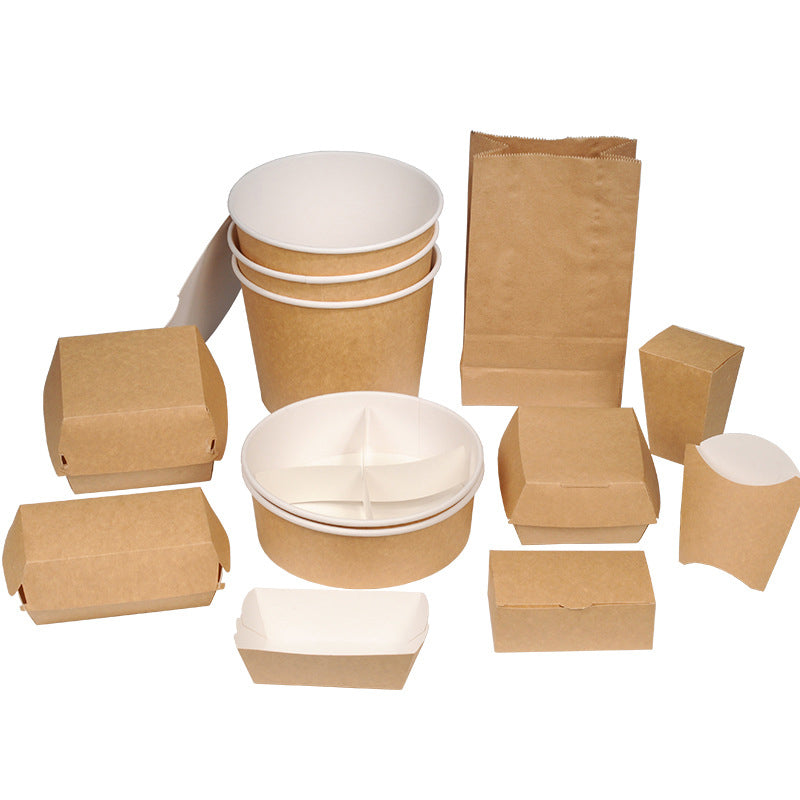Decoding Popular Burger Menus: A Guide to Formulations from Classic to Innovative
Okay, here is a professional translation of the popular burger menu formulations article, presented in a structured format.
Decoding Popular Burger Menus: A Guide to Formulations from Classic to Innovative
The burger, a globally beloved fast-food item, owes its appeal to endless possible combinations. Whether it's a classic beef burger or an innovative plant-based patty, its success hinges on ingredient quality, flavor balance, and textural layers. Below is an analysis of formulations for several popular burger types on the market.
1. The Classic American Cheeseburger
This is the foundation of all burgers, testing the precise mastery of basic ingredients.
• Core Formulation:
◦ Patty: 150-180g of ground beef (chuck or shoulder recommended) with a 20% fat content (an 80/20 meat-to-fat ratio is crucial). Key: Season only the exterior of the patty generously with salt and black pepper. Avoid overmixing the meat to prevent a tough texture.
◦ Cheese: 1-2 slices of American Cheese or Cheddar Cheese, chosen for their excellent melting properties, which is essential.
◦ Bun: A Brioche Bun or classic sesame seed bun, brushed with butter and grilled/toasted until slightly crisp.
◦ Sauce: Classic burger sauce (a mix of mayonnaise, ketchup, pickle relish/juice, and yellow mustard).
◦ Toppings: Fresh, crisp lettuce, tomato slices, onion slices (raw or sautéed), and pickle slices.
• Keys to Success:
◦ Don't over-handle the patty: Gently form the meat into a ball, then press lightly, creating a slight dimple in the center. This promotes even cooking and reduces shrinkage.
◦ Cook hot and fast: Achieve a strong Maillard reaction to form a flavorful, caramelized crust that seals in the juices.
2. Grilled Chicken Burger
A popular choice for health-conscious consumers or those preferring white meat.
• Core Formulation:
◦ Chicken Fillet: One approximately 150g boneless chicken breast or thigh. Marinate for at least 30 minutes in olive oil, garlic powder, smoked paprika, onion powder, salt, and black pepper.
◦ Bun & Sauce: Brioche buns also work well. Sauce often pairs with honey mustard sauce or avocado crema/spread.
◦ Toppings: Beyond lettuce and tomato, avocado slices or bacon are frequently added to enhance flavor and texture.
• Keys to Success:
◦ Adequate marination: Chicken is mild in flavor, so marinating is key for taste.
◦ Avoid dryness: Do not overcook chicken breast. Remove from heat when the internal temperature reaches 74°C (165°F) to maintain tenderness and juiciness.
3. Innovative Plant-Based / Veggie Burger
A rising star on menus, driven by health and sustainability trends.
• Core Formulation (Black Bean Veggie Burger Example):
◦ Veggie Patty: Main components include black beans (mashed), cooked brown rice or quinoa, sautéed onions and mushrooms, breadcrumbs (as a binder), and seasonings (e.g., cumin, chili powder). Mix all ingredients and form into patties for pan-frying or baking.
◦ Alternative: Use commercially available Plant-Based Patties (e.g., Beyond Meat, Impossible Burger) for a flavor and texture closer to meat.
◦ Sauce & Toppings: Often paired with guacamole, tzatziki/yogurt sauce, or barbecue sauce. Toppings can include grilled pineapple or caramelized onions to add sweetness and complexity.
• Keys to Success:
◦ Textural layers: The patty needs multiple components to mimic the texture and bite of meat.
◦ Robust flavor: Lacking animal fat, rely on spices, soy sauce, liquid smoke, etc., to create umami and depth of flavor.
4. Gourmet Signature Burger
Used by high-end restaurants or craft burger bars to showcase creativity, often featuring bold ingredients and innovative combinations.
• Core Formulation ("Classic Bacon & Egg Burger" Example):
◦ Patty: High-quality Angus beef patty, or a blend incorporating short rib or Wagyu.
◦ Star Toppings: Thick-cut bacon, fried until crispy, a sunny-side up or poached egg (the runny yolk is a key feature), and caramelized onions.
◦ Cheese: Stronger flavored cheeses like Blue Cheese or aged Cheddar.
◦ Sauce: Garlic aioli or black truffle mayonnaise.
◦ Bun: Often a sturdier rye bun or charcoal bun to support the substantial toppings.
• Keys to Success:
◦ Flavor balance: Luxurious ingredients must complement each other. The saltiness of blue cheese, richness of the egg yolk, and sweetness of caramelized onions should harmonize, not just pile on.
◦ Structural integrity: The order of assembly is critical (e.g., often placing lettuce/tomato under the patty to prevent the bun from getting soggy). Ensure the customer can taste all components in one bite.
Universal Golden Rules:
1. The Bun is the Foundation: Regardless of the bun chosen, always butter and grill/toast it until slightly crisp. This enhances aroma and creates a barrier against sogginess.
2. Sauce is the Soul: A unique house-made sauce (e.g., chipotle mayo, garlic-basil aioli) can instantly make your burger stand out.
3. Temperature Contrast: The interplay between the hot patty & melted cheese and the cool, crisp lettuce & tomato is central to the experience.
4. Season Every Component: Every element, from the patty to the vegetables, should be appropriately seasoned to collectively build a complex flavor profile.
By mastering these classic formulations and innovative concepts, you can design a popular burger menu that appeals to a wide range of customers.


